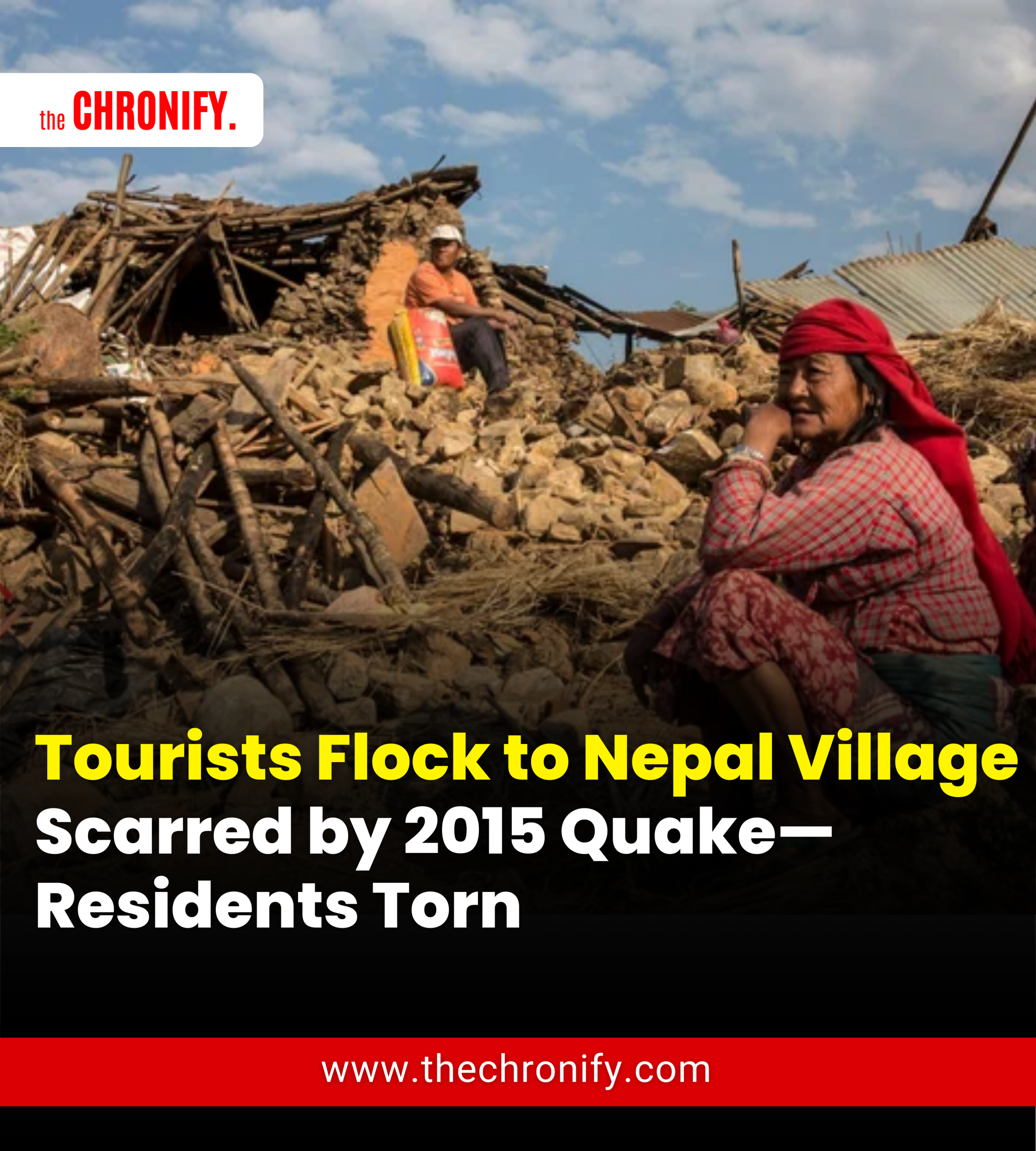Langtang: A Village Transformed by Tragedy, Now Divided by Tourism
Langtang, Nepal, was devastated by a catastrophic earthquake in 2015, which claimed nearly 300 lives and reduced the village to rubble. However, in the years since, the village has undergone a remarkable transformation, emerging as a popular tourist destination, a status that now divides its residents.
On April 25, 2015, Nima Chhiring Tamang, a 30-year-old resident of Langtang, had gone to visit friends in the nearby village of Kyanjin Gompa. He had recently returned home after completing his university education in Kathmandu. That morning, a powerful 7.8 magnitude earthquake struck the region, causing a massive glacial avalanche that swept through Langtang. The avalanche, which carried 40 million tons of rock and ice, devastated the village, killing Tamang’s mother and nearly 300 others.
Fast forward ten years, and Langtang has become a thriving tourist hub, bustling with trekkers from around the globe. Tourists now walk past grazing yaks and prayer flags, pausing at the earthquake memorials that honor the victims of the disaster. The village, located within Langtang National Park, has embraced tourism-driven development, with nearly every home transformed into a guesthouse offering modern amenities like Wi-Fi, blending the wild with the comforts of home.
However, not everyone is pleased with the changes. Some locals are concerned that the village has lost its sense of community, with traditional practices like yak herding and foraging for medicinal plants becoming increasingly rare. While tourism has brought economic benefits, many feel that the social fabric of Langtang has been frayed. According to Nima Chhiring Tamang, the village’s atmosphere has shifted dramatically since the earthquake. “Before, life was simple, and there was peace. Now, everyone only cares about money and competition for tourists,” he said.
Though tourism has helped rebuild Langtang, it has also led to a shift in priorities, leaving the village caught between its past and the modern, tourist-driven economy. The future of Langtang now hinges on finding a balance between preserving its cultural heritage and meeting the demands of the growing number of visitors.

